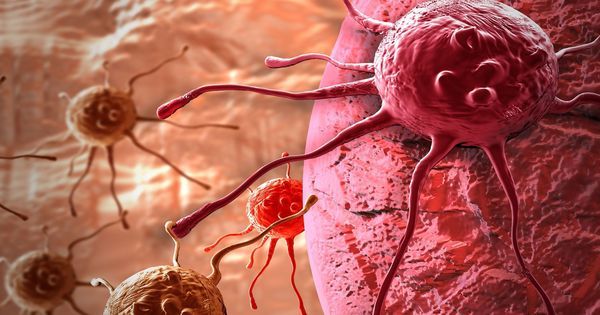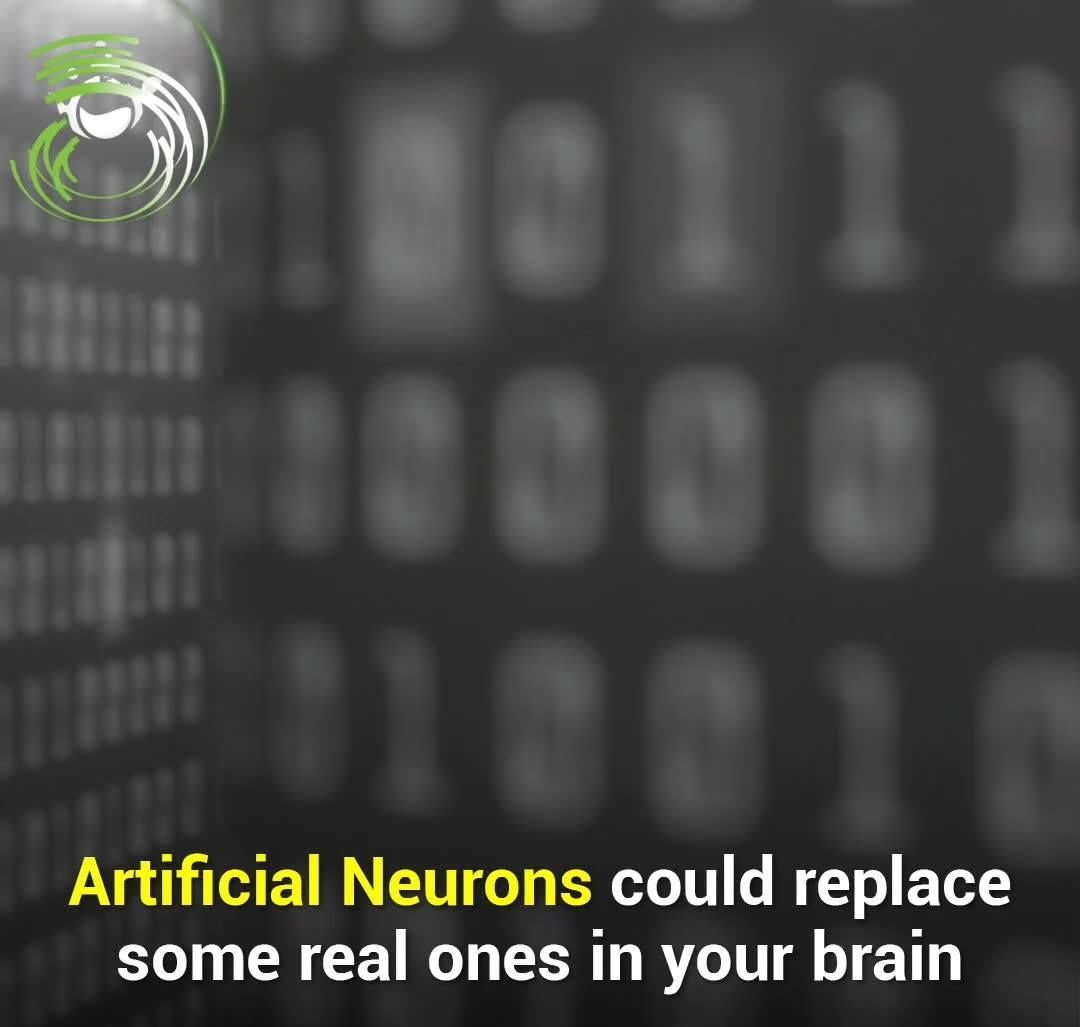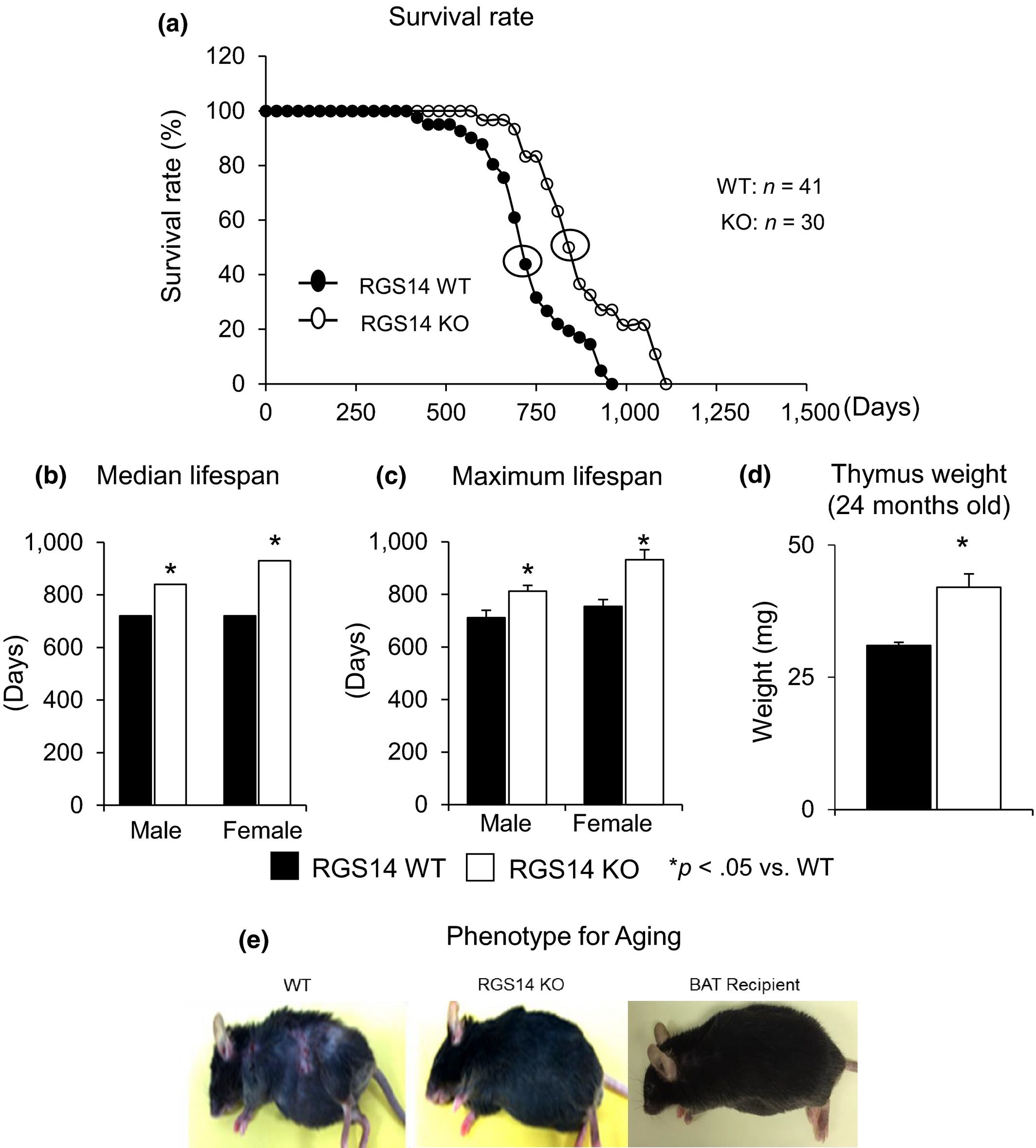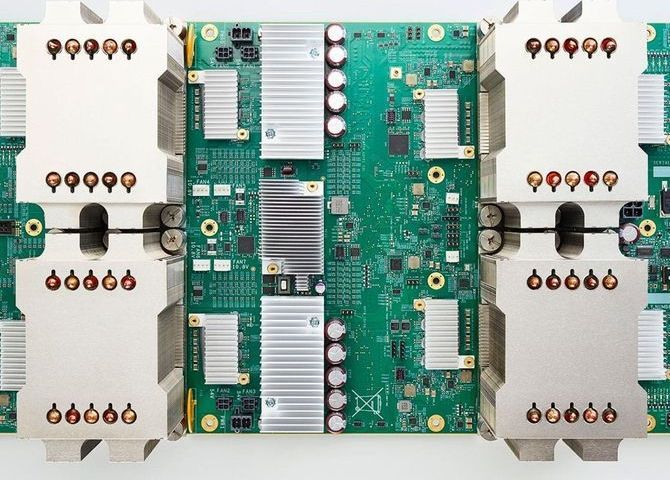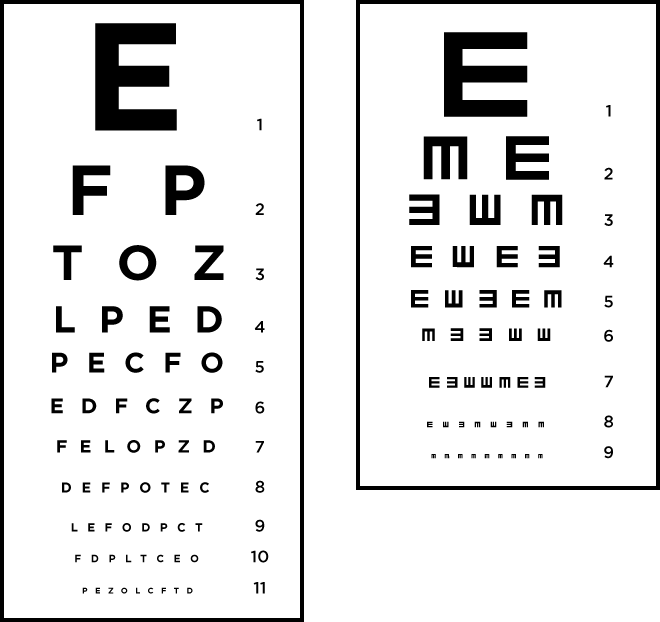Apr 16, 2018
Cancer not only mutates but evolves other mechanisms to beat drugs
Posted by Genevieve Klien in category: biotech/medical
Cancer can be triggered by different causes. Melanoma is usually induced by the sun, by dangerous ultraviolet light damage. In the majority of cases, UV damage leaves a unique mutational footprint behind and as a result unstoppable cell proliferation is induced.
UV damage gives rise to point mutations – changes in a single letter of the 3 billion letter human genome. These mutations can interfere with signals that tell cells when to grow and divide and when to stop. Mutations in a protein called BRAF, a major signaling regulator, cause growth signals to be stuck in the “on” position and drive cancer development.
Though scientists have managed to come up with drugs that target and turn off aberrant BRAF signaling, cancer cells are clever. They learn to adapt to these BRAF-inhibitors. Today, many patients respond to cancer treatment very positively at first. However, unfortunately many ultimately develop resistance and metastases.
Continue reading “Cancer not only mutates but evolves other mechanisms to beat drugs” »
